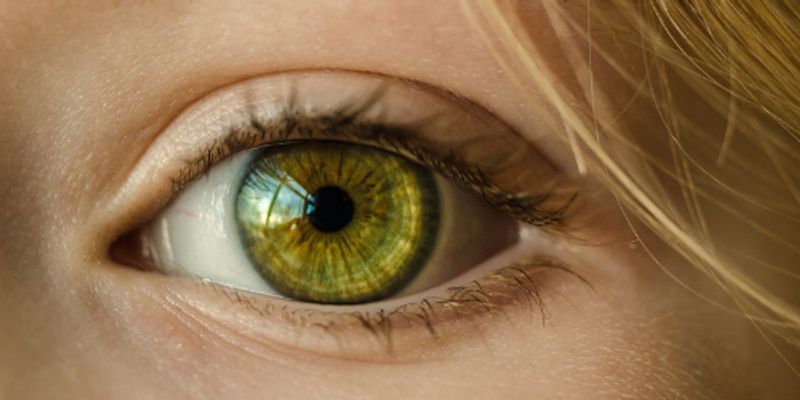Pigments
Pigments make up the colored areas of plant and animal cells. Skin, eyes, and hair are some of the biological entities that contain pigments. Pigments have some important biological functions like camouflage in animals and photosynthesis in plants.
-
The ability of single-cell RNA-Seq (scRNA-Seq) to measure the transcriptional basis of heterogeneity between individual cells is transforming biomedical research. It enables the precise &lsq...
Natural light-harvesting systems, such as photosynthetic pigment-protein complexes, efficiently transfer energy through space with high efficiency. Ultimately, we would like to understand th...
MAY 27, 2020 | 11:00 AM
DATE: May 27, 2020 TIME: 11:00am PT Nano-emulsions are becoming increasingly popular in various Life Science and Industrial markets including Drug Delivery, Food&Beverage, Cosmetics, and...
Decoding human genetic disease allows us to develop models of the pathology that can be directly tested with gene correction or targeted drug therapy. Dominant negative mutations are pa...
AUG 01, 2018 | 12:00 AM
Induced pluripotent stem (iPS) cells are a promising source of personalized therapy. These cells can provide immune-compatible autologous replacement tissue for the treatment of potentially a...
Challenges in achieving comparability, reproducibility and accuracy in biological assays has driven a demand for improved confidence in measurements that support development of regenerative m...
Melanoma arises in the pigment producing cells (melanocytes) and is the deadliest of the skin cancers. It accounts for nearly 200,000 new cases of cancer each year worldwide and in the U.S. o...
Speaker:
Louise Perkins, PhD
Human induced pluripotent stem cells (iPSCs) are valuable cells for retinal disease modeling, as these cells are of patient origin and can be differentiated into cell types of interest. This ...
The assessment of pigmented lesions is a difficult area of dermatology and dermatopathology. Melanoma is the leading cause of cancer in woman age 25-29 years, yet it is also a leading c...
Speaker:
Whitney High, MD, JD, M.Eng
Melanoma, a cancer of pigment-producing cells, accounts for nearly 200,000 new cases of cancer reported each year worldwide. It is the deadliest skin cancer. Alarmingly, in the U.S., the inci...
Speaker:
Louise Perkins, PhD










